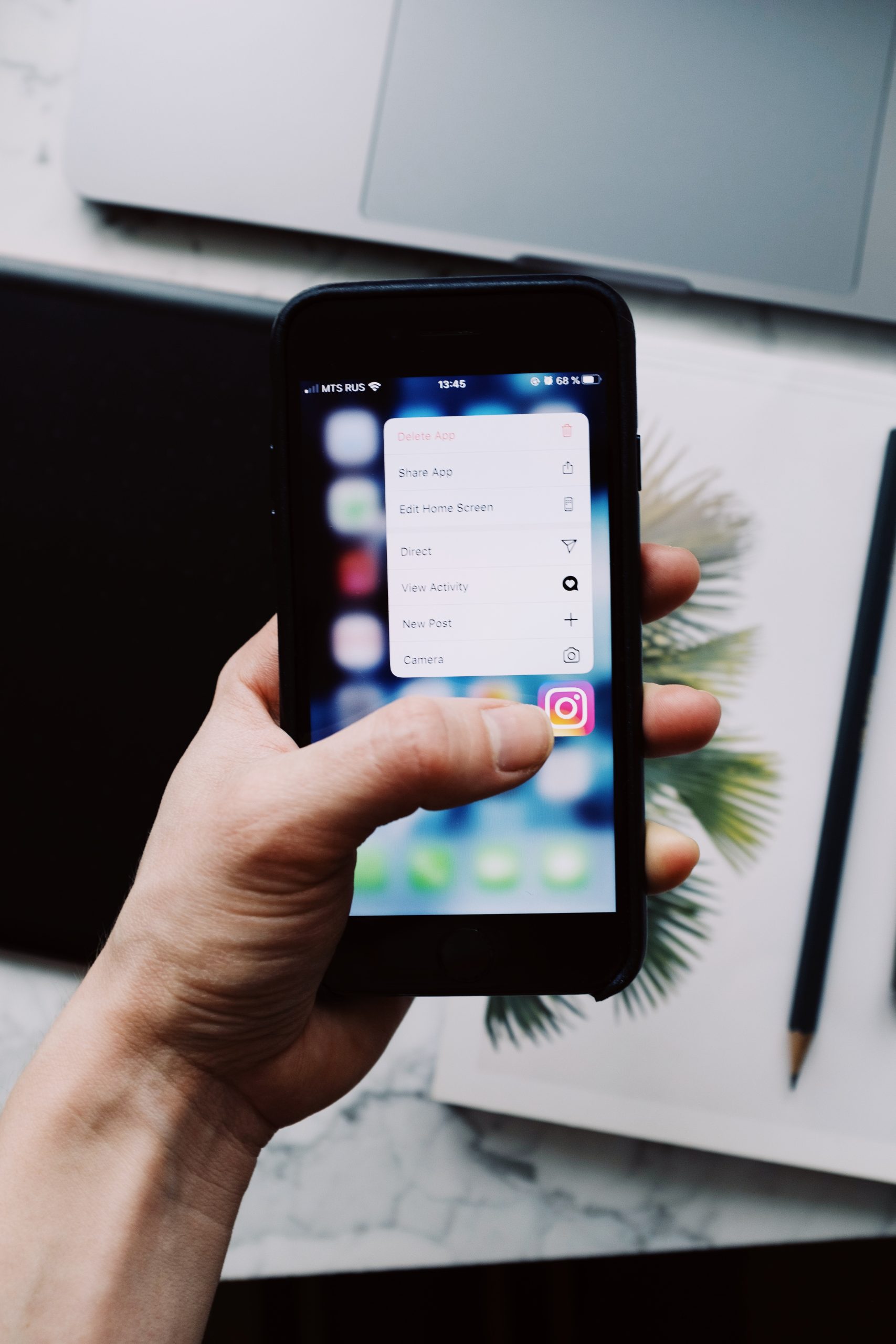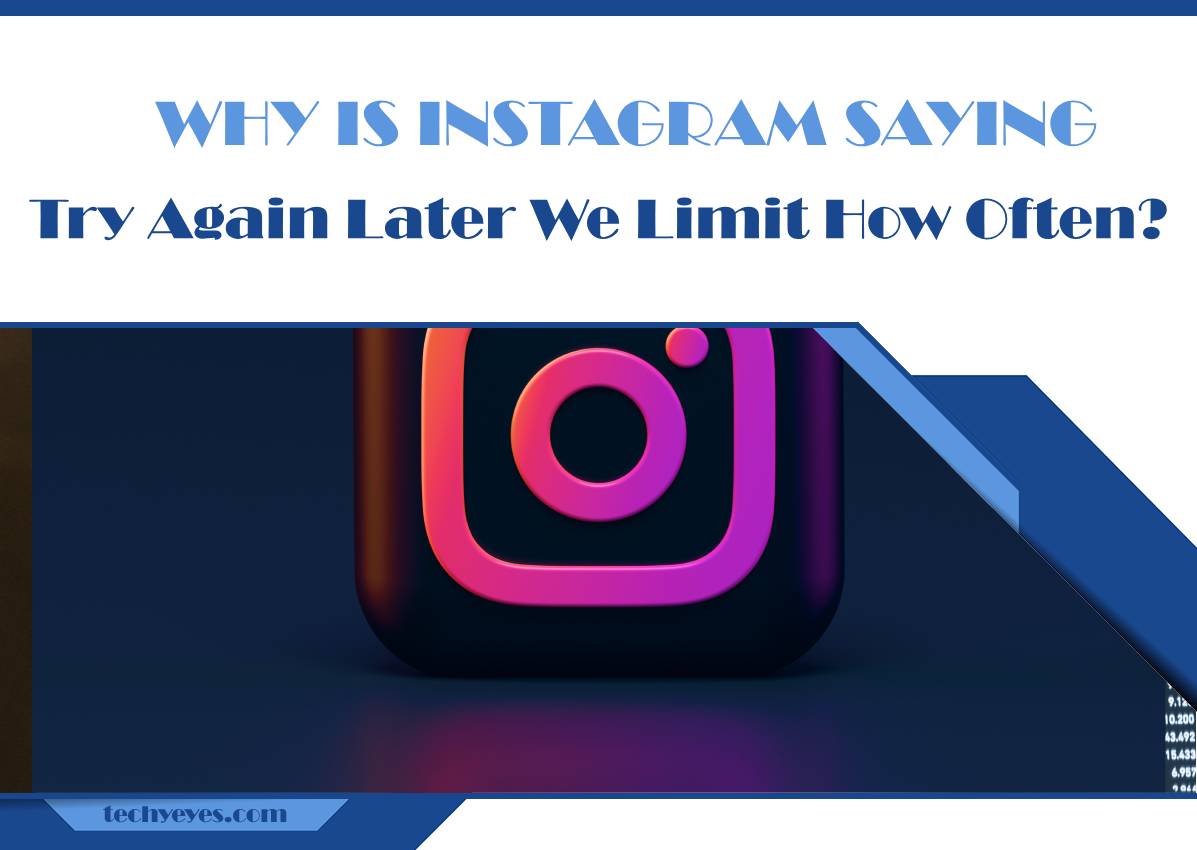Instagram, one of the most popular social media platforms, has implemented usage limits to maintain the integrity and quality of user interactions. Users may encounter the message “Try Again Later – We Limit How Often You Can Do Certain Things on Instagram” when they attempt to perform actions like liking, commenting, or following accounts. In this article, we will delve into the reasons behind this message, the specific limits imposed by Instagram, and how users can navigate and understand these restrictions.

What Triggers the “Try Again Later” Message
1. Exceeding Engagement Thresholds
Instagram has set specific limits on the number of actions a user can perform within a certain time frame. These actions include likes, comments, follows, and more. When a user surpasses these limits, the platform prompts them to wait before performing similar actions again.
2. Preventing Spam and Automation
By imposing these limits, Instagram aims to deter automated bots and spammers from flooding the platform with inauthentic engagement. These limits help maintain a healthy and genuine user experience.
Specific Usage Limits on Instagram
1. Likes
Instagram sets a cap on the number of likes a user can give within a specified time frame. This limit helps prevent overzealous liking behavior, which could be indicative of automated or spammy activity.
2. Comments
Similarly, there is a limit on the number of comments a user can post in a certain period. This restriction helps curtail excessive commenting, particularly by bots or users engaged in spammy behavior.
3. Follows and Unfollows
Users are also limited in the number of accounts they can follow or unfollow within a specified time frame. This helps prevent rapid and potentially suspicious fluctuations in a user’s follower count.
Strategies to Avoid the “Try Again Later” Message
1. Abide by Instagram’s Community Guidelines
Following Instagram’s community guidelines ensures that your interactions on the platform remain authentic and within the prescribed limits. Avoid engaging in any form of spam or automated activity.
2. Space Out Your Actions
Instead of performing a large number of actions in a short span, space them out throughout the day. This helps distribute your engagement and reduces the likelihood of hitting usage limits.
3. Avoid Rapid and Repetitive Interactions
Engage with content and profiles in a natural and considered manner. Avoid rapid and repetitive interactions that may trigger Instagram’s usage limits.
Understanding the Importance of Usage Limits
1. Maintaining Platform Integrity
Usage limits are crucial for upholding the integrity of the platform. By preventing spammy and automated behavior, Instagram ensures that interactions remain genuine and meaningful.
2. Enhancing User Experience
By curbing excessive engagement, Instagram strives to create a positive and enjoyable experience for all users. Limits help prevent overwhelming activity that could potentially detract from the quality of the platform.
Reporting Suspicious Activity
1. Flagging Suspicious Accounts
Instagram encourages users to report any accounts or content that appear to be engaging in spammy or automated behavior. This proactive approach helps the platform identify and take action against accounts that violate community guidelines.
2. Utilizing the Reporting Tools
Instagram provides reporting tools within the app for users to flag suspicious activity. These tools allow users to provide specific details about the account or content in question, aiding Instagram’s efforts to maintain a safe and authentic environment.
The “Try Again Later – We Limit How Often You Can Do Certain Things on Instagram” message serves as a reminder of Instagram’s commitment to a safe, authentic, and enjoyable user experience. By understanding and respecting these usage limits, users can contribute to a healthier and more vibrant community on the platform. Embracing organic and genuine engagement practices not only benefits individual users but also contributes to the overall integrity and quality of Instagram as a social media platform.

